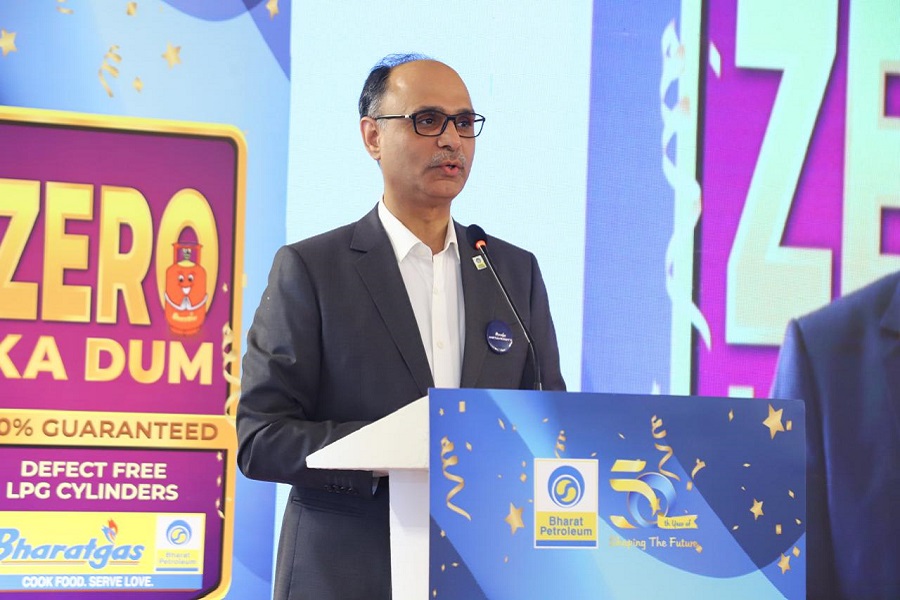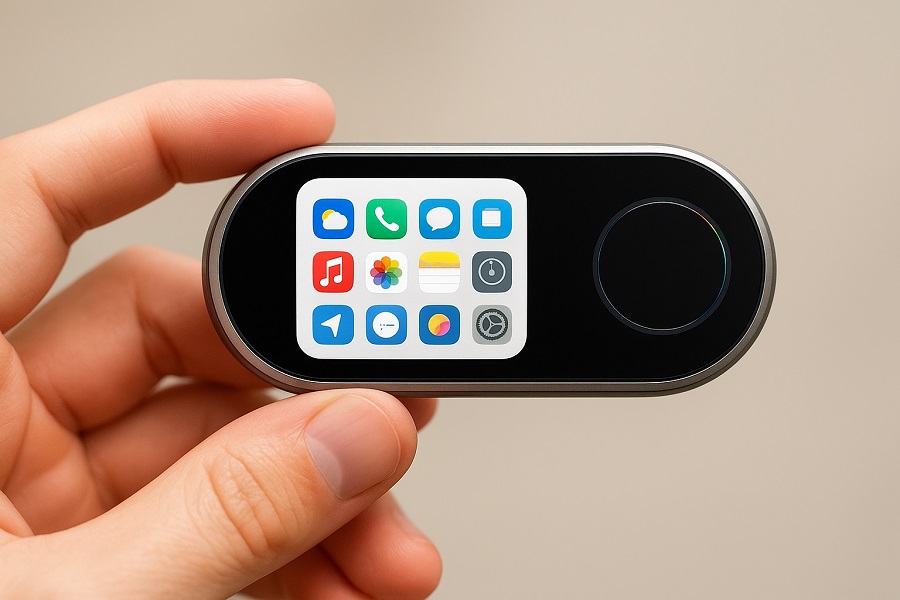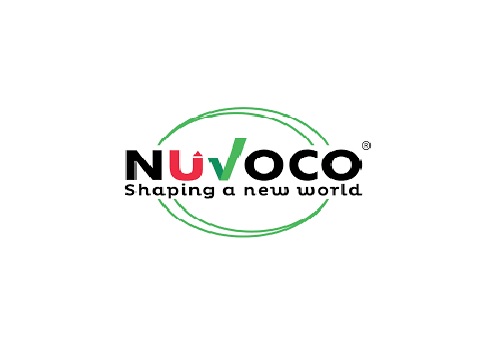The Revival of Vintage Fashion: Why Retro is the New Modern

Vintage fashion has made an undeniable comeback in recent years, reclaiming its place on the runways, in street style, and in everyday wardrobes. With the rise of sustainability and nostalgia, fashion lovers are turning back to the classic styles of past decades, bringing timeless pieces back into the modern spotlight.
Why Vintage Fashion is Making a Comeback
The allure of vintage fashion lies in its uniqueness and the craftsmanship of older garments. With mass production often resulting in uniformity, vintage clothing offers a refreshing alternative, each piece telling its own story. Whether it's the elegant lines of a 1950s dress or the bold patterns of 1970s fashion, these garments provide a sense of individuality that's hard to find in modern trends. Moreover, vintage fashion promotes sustainability by encouraging the reuse of clothing, reducing the environmental impact of fast fashion.
Key Trends in Vintage Fashion
1940s to 1960s Elegance: Women's fashion from the mid-20th century often featured structured silhouettes, full skirts, and luxurious fabrics. Iconic items like the A-line dresses, pencil skirts, and trench coats are staples of this era. The timeless elegance of these pieces continues to resonate in modern-day wardrobes.
1970s Bohemian Influence: The 1970s brought forward a more relaxed and free-spirited style, with bell-bottom jeans, floral prints, and suede jackets dominating the fashion landscape. These boho-chic vibes have resurfaced, with modern-day fashionistas pairing vintage accessories with contemporary clothing to create a perfect mix of retro and modern.
1980s Boldness: The power suits, oversized blazers, and bold colors of the 1980s are also seeing a resurgence. With the return of statement shoulders, high-waisted trousers, and neon shades, this era’s fashion speaks to the boldness and confidence many seek in their wardrobes today.
How to Incorporate Vintage Pieces Into Your Modern Wardrobe
Mix and Match: One of the best ways to incorporate vintage pieces is by mixing them with contemporary items. Pair a 1970s silk blouse with modern high-waisted jeans or a vintage leather jacket with a simple t-shirt and trousers.
Accessories: If you’re not ready to dive into full vintage outfits, start with accessories. Vintage jewelry, scarves, handbags, and sunglasses can easily elevate any modern outfit, adding a touch of history and sophistication.
Reworked Vintage: Many fashion brands are now taking vintage clothing and reworking it to suit modern tastes. This includes upcycling old denim, patchwork, and even creating hybrid pieces that combine old and new styles.
The Impact of Social Media on Vintage Fashion
The resurgence of vintage fashion is heavily influenced by social media platforms, where influencers and vintage lovers share their finds, styling tips, and outfits. Instagram, Pinterest, and TikTok are teeming with retro-inspired looks, sparking a renewed interest in vintage shopping. Platforms like Depop and Poshmark have made it easier for consumers to find and purchase unique, second-hand pieces, contributing to the trend’s growth.
Conclusion
Vintage fashion isn’t just a trend—it’s a movement towards a more sustainable and expressive approach to style. As we look to the past for inspiration, vintage clothing offers a way to break free from the cycle of fast fashion while celebrating the timeless elegance and creativity of previous decades. Whether it’s a full outfit or just a single accessory, the revival of vintage fashion is here to stay, proving that retro is indeed the new modern.---





















